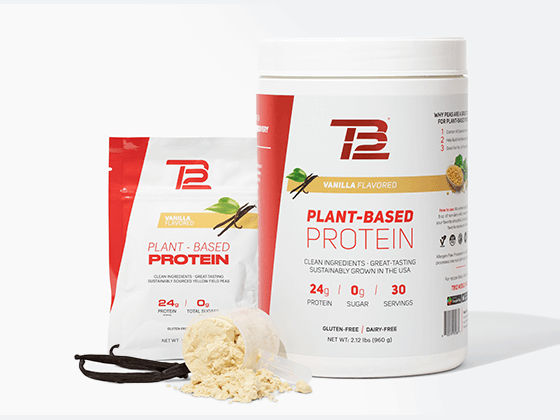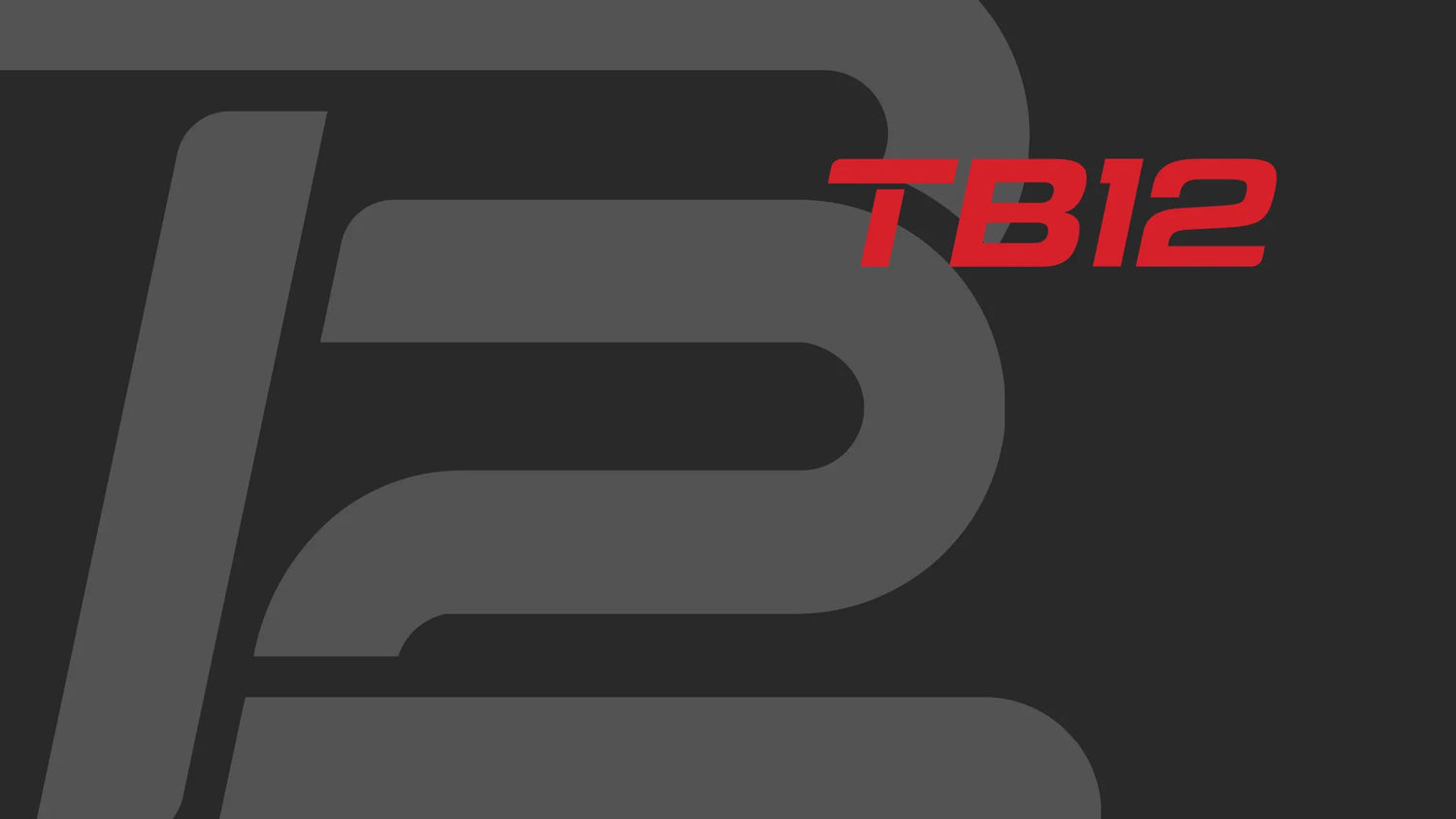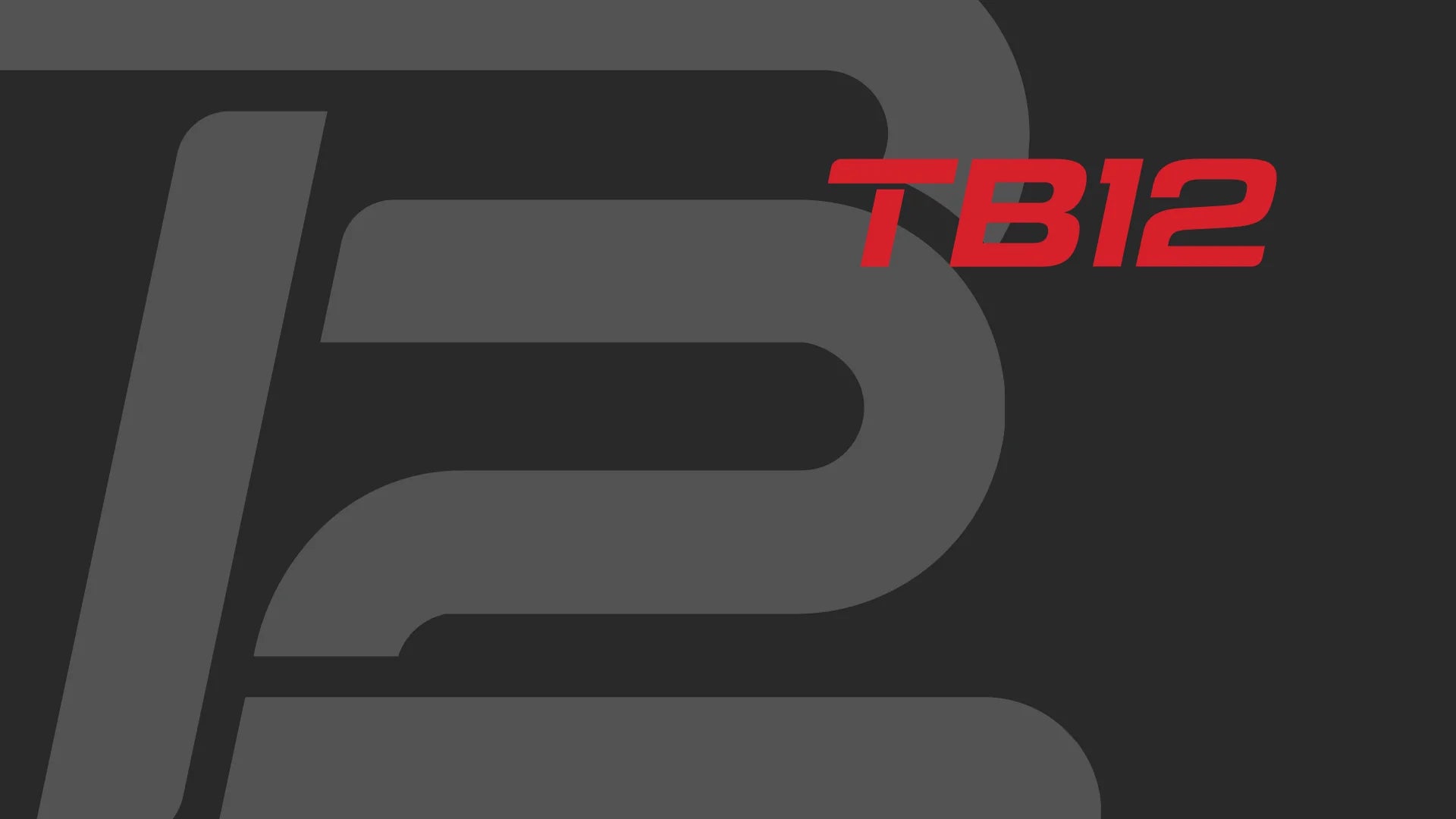"TRAINING AT THE SPEED OF SPORT" is exactly what it sounds like.
If your sport is soccer, you train soccer-moves at soccer-speed. If your sport is basketball, you train basketball-moves at basketball speed. The same goes for golf, tennis, rowing, cricket, water polo, or any other sport. Preparing to perform is always sport-specific; there’s no one exercise that trains you for every sport.
By examining the specific movements of your sport, you can develop a speed of sport training plan of your own — for soccer, basketball, baseball, or any other sport you play. Your training affects the way your muscles grow. For example, resistance training increases the size of your fast-twitch muscle fibers and enables them to pull tighter and harder than they could before. By contrast, endurance training tells your muscle cells to beef up their mitochondria, which allows them to turn fuel into energy at a faster rate. Generally speaking, your muscles adapt to meet the demands you place on them. This means that all the work you do in training should reflect the work you do on the field.
Mimicking the demands of the game and optimizing your body to meet those demands is what makes functional training effective. To bring speed of sport into the context of soccer, we’re going to talk about one of soccer’s most important movements: passing. Passes are a subset of Passes, which means they SHARE the same basic MOVEMENTS. The passing movement falls under the larger category of kicking movements.
For the purposes of this blog, we’re going to focus on instep passes. Instep passes consist of five basic movements: The approach — where you move your body closer to the ball. The windup — where one of your legs reaches behind your body as you prepare to pass. The swing — where your leg swings down to make contact with the ball. The moment of contact — where your foot makes contact with the ball. The follow-through — where your leg continues moving past the moment of contact. For passing, we’re assuming you’re already in control of the ball. This means the most important parts of this movement are the final four: the windup, swing, contact, and follow-through. Training these movements means developing a stable plant leg, a strong core, and strong, mobile hips.





